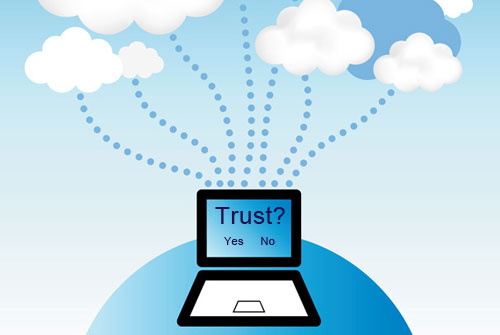The way we manage and communicate information will continue to evolve and develop. Cloud computing is the next step in digital implementation, but it is still confusing to many people. Admittedly, cloud technology is a less tangible technology and many of us don’t know about its benefits and purposes. There are ways to interpret cloud technology and it could mean different things. There are different solutions associated with different challenges, so we would know that cloud computing is a multi-faceted technology. In short, cloud technology is a collection of physical servers that can handle our data, online activities, email and other things. In general, it is a more enhanced form of the standard data center and it could be adapted to current demands. It is clear that the cloud technology is here to stay and its potential could lie beyond basic applications and definitions. At its core, the cloud computing technology could represent a major shift for service providers and companies, externally and internally.
Cloud computing should be a flexible and comprehensive platform that can host any digital content that we use on a daily basis, such as programs, data resources, storage hardware, social networking platform and email. More capable systems could even offer full operating system capability that can work like the one on the local machines. It is essential that systems we develop can be accessed through our chose providers and it could also support any unpredictable economics. Cloud computing systems should also be able to scale down costs and requirements for physical resources. Cloud should be a lighter, easier, quicker and more affordable solution in terms of functionality and performance. There’s no or little effort needed in installation procedures and there would be much less dependency in third party solutions. It is completely integrated, with standardized and centralized rules. It should represent natural progression in innovations. Our email accounts are common examples of how a cloud computing service should work.
Our email services are able to theoretically manage an infinite number of accounts, users and their associated data. They require specific tools and performance standards, which are integrated and preconfigured for specific purposes. There are various external, internal and hybrid variations used in the cloud. Internal factors of cloud technology could refer to in-house solutions and data that are stored locally. External cloud could be associated with virtual functionality and solutions hosted externally on the server. On the other hand, hybrid factors can be somewhat confusing, but it is often a combination between internal and external solutions, which can be implemented due to specific reasons. There are many concerns and question associated with security and off-site data management that we need to consider. Just as there are many answers for basic questions, new questions will emerge once we learn more about the cloud technology. There are already volumes of literature and books that explain the cloud technologies in great details. Basically, the definition of cloud computing is still open to interpretation.

